This post may contain affiliate links, meaning that if you click and make a purchase, I may earn a commission at no additional cost to you. Read the full disclosure here.
Last Updated: September 19, 2024
Thanksgiving is a major American holiday and if you’re wondering what French people think of our Turkey Day traditions, you’ve come to the right place. Here are some Thanksgiving customs that people in France might find a bit surprising or unusual.
Note: I grew up on the East Coast of the United States. Obviously, Thanksgiving traditions throughout the United States can vary depending on the region and your family! After having a read of this article, I’d love to know if it resonates with you and if you have any other particular traditions that you think would stand out to a French person.
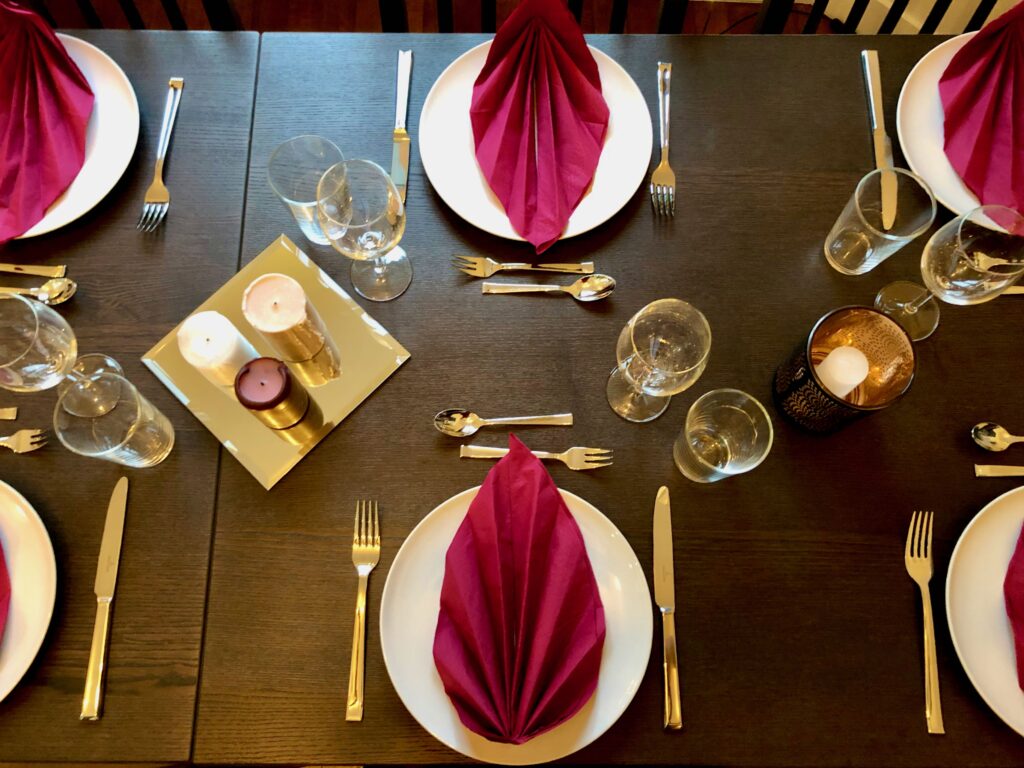
What do French people think of U.S. American Thanksgiving celebrations?
In talking with French friends and family members, I’ve gathered that French people generally view Thanksgiving as a feeding fest during which Americans gorge themselves on turkey and pumpkin pie. Oh, and something about football and massive sales the next day…
Honestly, this is fairly accurate and I have no arguments to make. They’ve nailed the basic concept. Let’s move on to things that might shock them if they knew the details!
By the way, French people typically say “Thanksgiving.” The actual translation of Thanksgiving Day—Jour d’Action de Grâce—is rarely used in France (although you’ll hear it in French-speaking Canada!).
Eating Early for the Thanksgiving Meal
It’s quite common for Americans to plan Thanksgiving dinner for the early afternoon. In my family, we often ate around 2 or 3 pm, so it was more like a late lunch. Usually, we didn’t eat anything beforehand as we spent the morning preparing the meal together and getting the house ready for guests.
As we Americans know, Thanksgiving dinner is almost always served later than planned—this is just another tradition! While we might have intended to sit down at 2 pm, we’re more likely to eat closer to 3 or 4 because that monstrous turkey always needs to cook a bit longer.
Like in the United States, holiday meals in France are lengthy and a lot of time is spent at the table. However, my experience in France has been that holiday meals don’t stray too far from the typical meal start times. Eating a huge meal in the early afternoon would perhaps raise some eyebrows!
The Sheer Quantity of Food
A massive amount of food is prepared for the Thanksgiving feast. After all, this holiday is about the abundance from the good harvest, right?
It’s practically an unwritten rule that if you didn’t make enough food to have leftovers, you didn’t do it right. How else would you enjoy a turkey and cranberry sauce sandwich or a reworked turkey pot pie the next day?
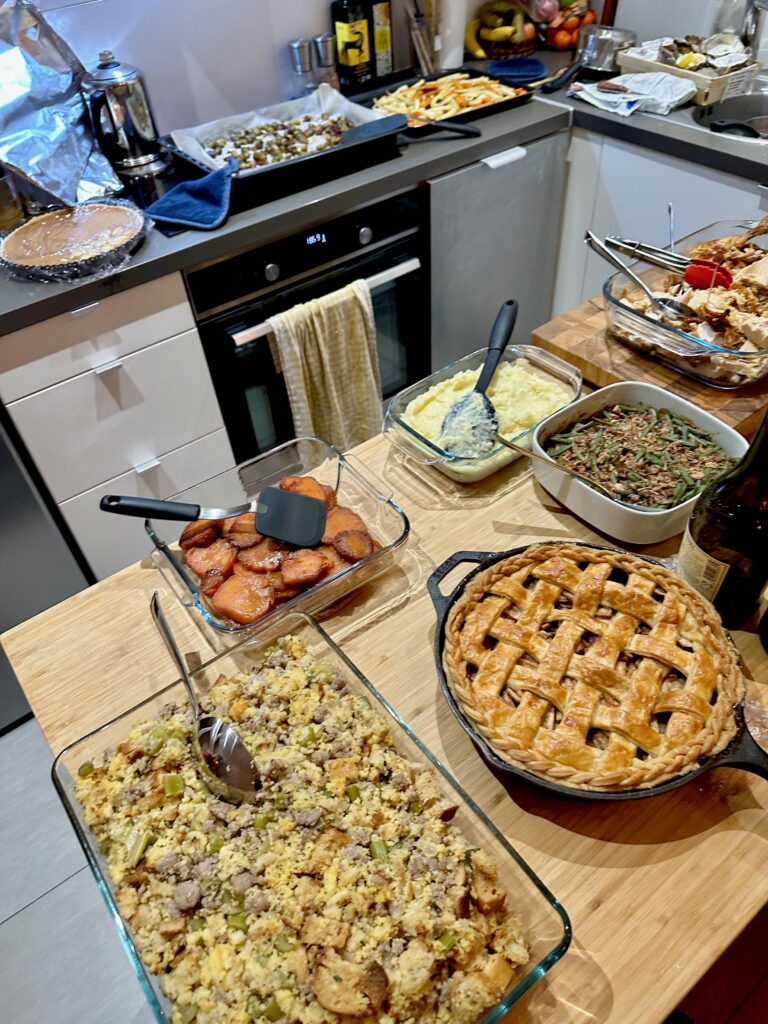
Purposefully preparing enough food to ensure leftovers to this extreme is not really a thing in France. Don’t get me wrong—the French are eating well for the holidays, and there is plenty to go around. However, the focus tends to be on the quality rather than the quantity.
Being Asked to Participate in the Potluck
We all know this is a big meal with a lot of sides to prepare. And we haven’t even talked about dessert yet!
The fact is that there is often not enough kitchen space or casserole dishes for all the preparations.
As such, in the States, many hosts will solicit and coordinate help, especially depending on the number of guests. So, it’s common to be asked to bring a specific side or contribute something significant to the feast, whether you are family or a friend.
When invited to a meal in France, one generally expects that the meal and all the accompaniments will be included! Whether a casual dinner or a holiday meal, it’s typical as a guest to bring something simple, like wine or champagne, chocolates, or something to enjoy during the apéro. In France, being asked to prepare an entire side dish (or two) to contribute to the holiday meal would be rather unexpected.
How Everything Is Served All At Once
Arguably the most important thing about the Thanksgiving feast is the smorgasbord of flavors and textures that can only be accomplished by filling up your plate with a bit of everything. Follow that up with a generous dose of gravy, and you’re good to go.
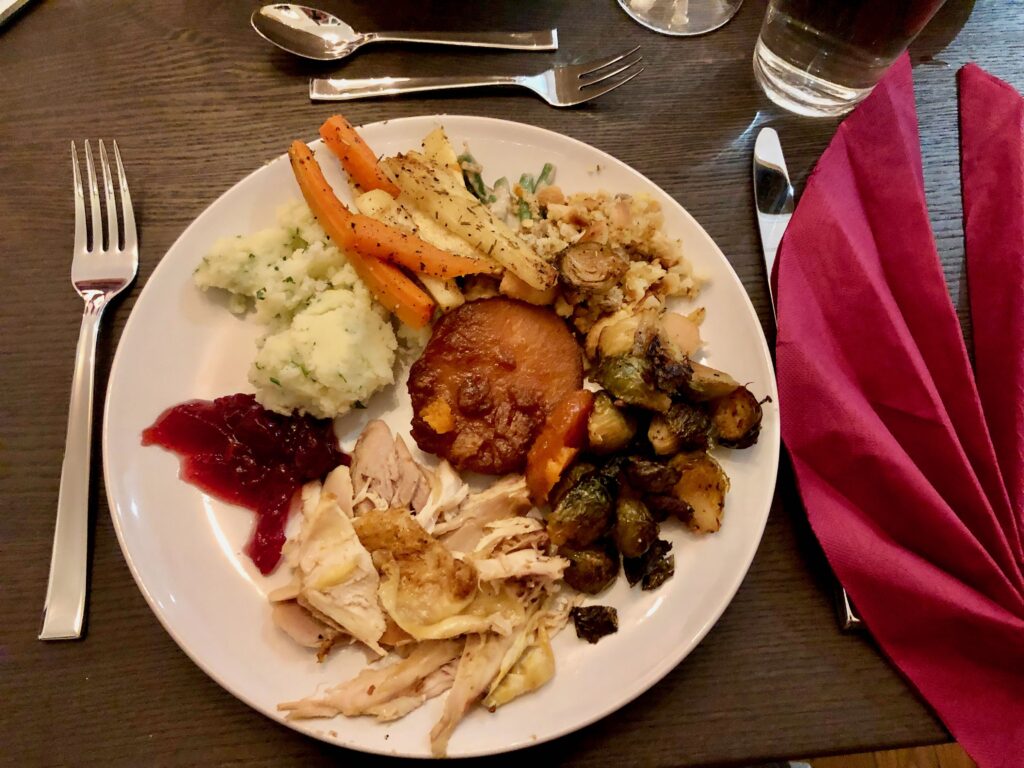
Depending on your family, you might start with something simple like a cheese and charcuterie board and other things to nibble on. Then you move on to the main fare, sitting down at the table. Wine, cocktails, or other beverages accompany food from the start. And of course, dessert comes last. So, in some cases, we can count three courses in total, but perhaps we can agree that there aren’t any official courses associated with the Thanksgiving meal.
On the other hand, a typical holiday meal in France will often be composed of a few separate and distinct courses: appetizer (entrée), main dish (plat principal) served with a side or two, cheese platter, and dessert. If it’s a dinner meal, there’s a good chance the evening will start with an apéro before sitting at the dining table in order to sip a drink (such as champagne) and enjoy something savory to eat (like oysters, smoked salmon, or foie gras).
French people are not eating several courses on the daily, but it is something that is associated with a holiday meal. Along this line of thinking, the lack of courses at a Thanksgiving meal might feel less festive than what is expected according to French holiday customs.
The Questionable Things Done to Turkeys
While the traditional star of the Thanksgiving meal in the United States is generally the oven-roasted turkey, there are a number of trends that have shown up over the years that might leave people in France scratching their heads.
While these cooking methods aren’t something that I’ve personally experienced for Thanksgiving dinner, I know other American households who have prepared their bird in these ways:
- Deep-fried turkey
- Beer can turkey
- Turducken
I don’t think I can adequately explain the last two in the limits of this blog post, so I’ll leave you to Google 😉
***Please make sure you have the appropriate qualifications before attempting any of the above-mentioned cooking methods!!
A very traditional Christmas meal in France is the chapon aux marrons, a roasted bird served with chestnuts. The capon is a castrated rooster, purported to be very tender and juicy. Gosh, this classic French dish sounds almost boring now compared to some of the other cooking options out there!
The Unique Flavors and Combos
American Thanksgiving boasts a number of dishes that might be surprising for a French person.
- Sweet potato casserole topped with marshmallows
- Marshmallows are located in the candy aisle in France. Need I explain more?
- Candied yams (sliced sweet potatoes fried in butter and brown sugar)
- I imagine a French person asking why you feel you need to make sweet potatoes even sweeter.
- Green bean casserole (green beans, cream of mushroom soup, & crispy faux onions sprinkled on top)
- I mean, I don’t think anyone should like this, but I’m perhaps a bit biased due to my dislike of mushrooms.
- Jonathan loves green bean casserole. (Of course, he does.) The Frenchman has tried a number of American holiday classics.
- Savory herbed turkey combined with sweet & tart cranberry sauce
- Savory and sweet are an unusual combination for the French palate.
- Bonus points if you want to serve a ridged can of cranberry jelly to a French guest for an extra shock factor!
- Pumpkin pie
- Pumpkin is often used in savory dishes in France. Although many of the spices used in pumpkin pie are used in other sweet items, like gingerbread (pain d’épices), they are not typically added to pumpkin.
Related: Common American Food Combos That Might Shock the French
This is not to say that a French person is going to dislike all of the above-mentioned preparations, but these flavors and combinations might be new and different for them!
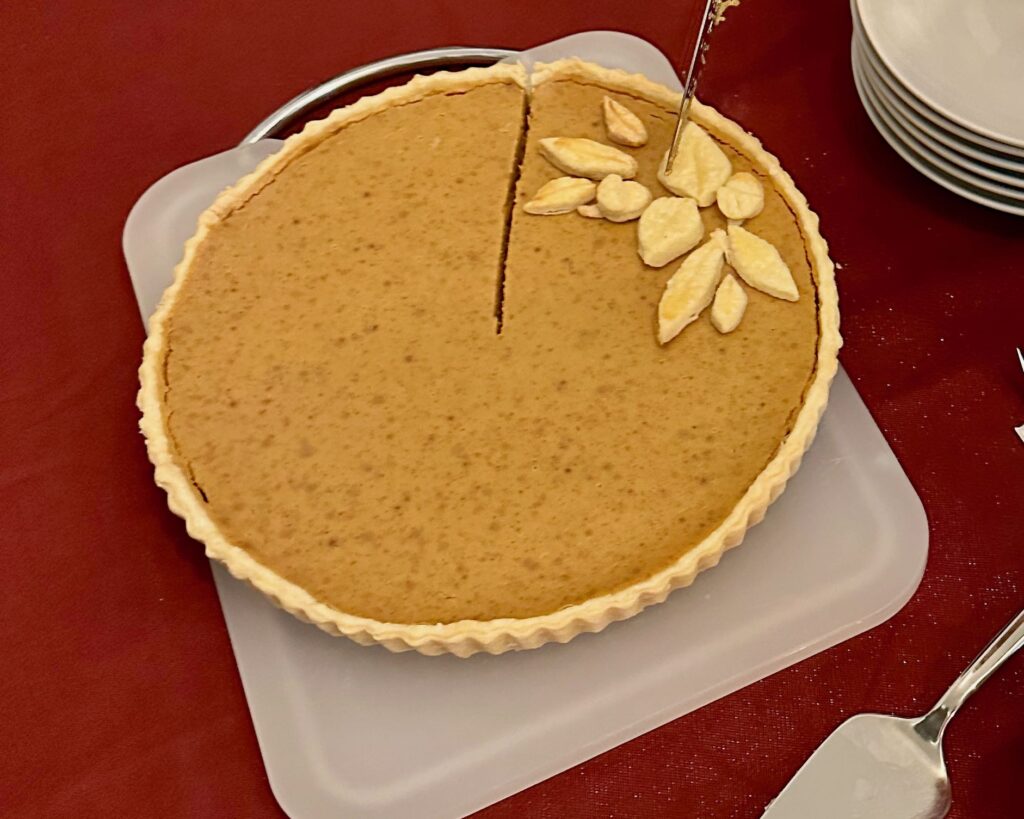
Watching Football After the Meal
Thanksgiving and American football are a sacred combination for some families! This can take the form of tossing a ball around outside, going to a local high school football game, or tuning in to a professional event on TV later in the day.
It’s not that French people don’t watch sports or that they never get together for a group viewing of a sports game. However, I don’t know of any French holidays that are linked with a specific sport!
Did I miss anything? Are there other Thanksgiving traditions that you think would turn heads in France?
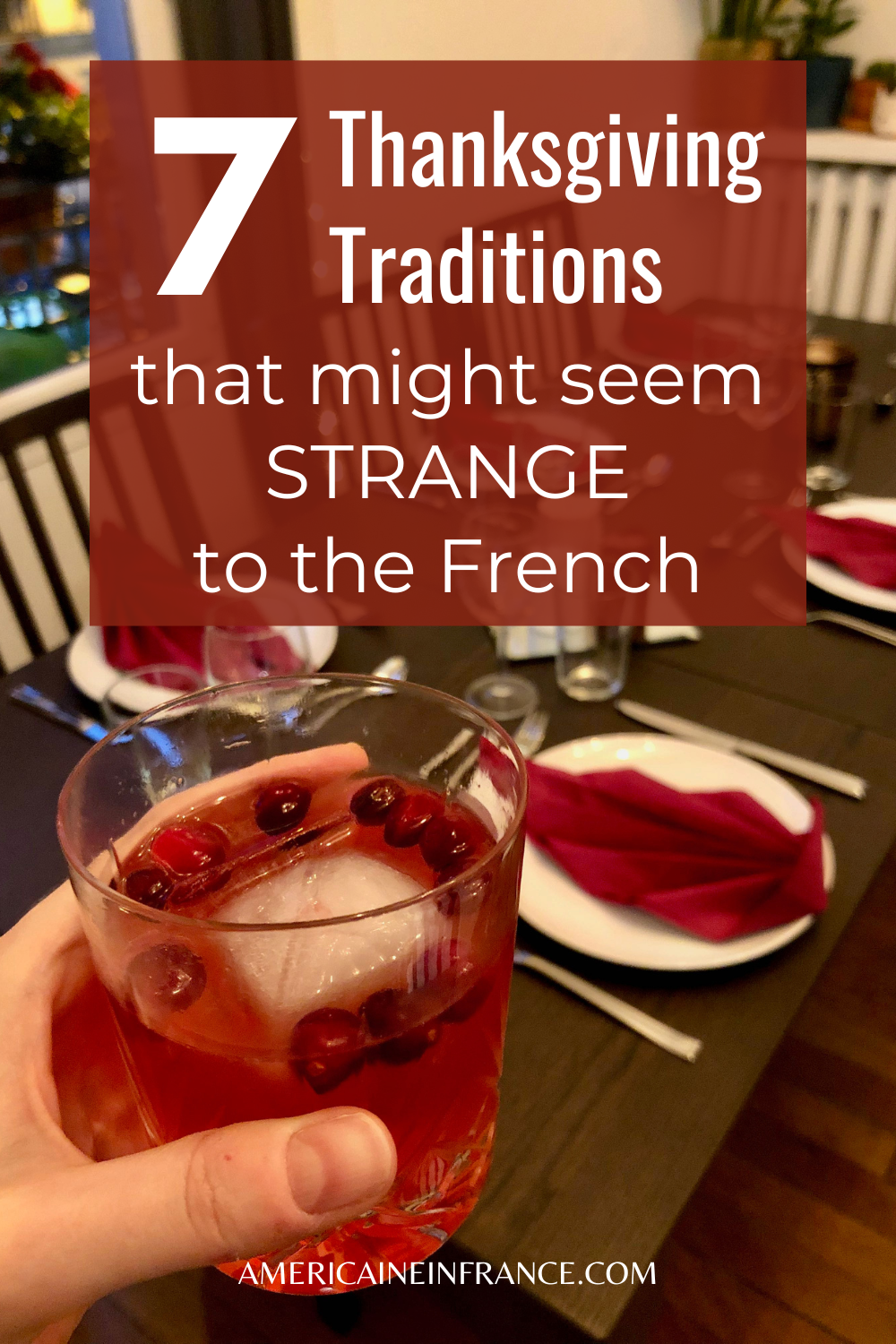
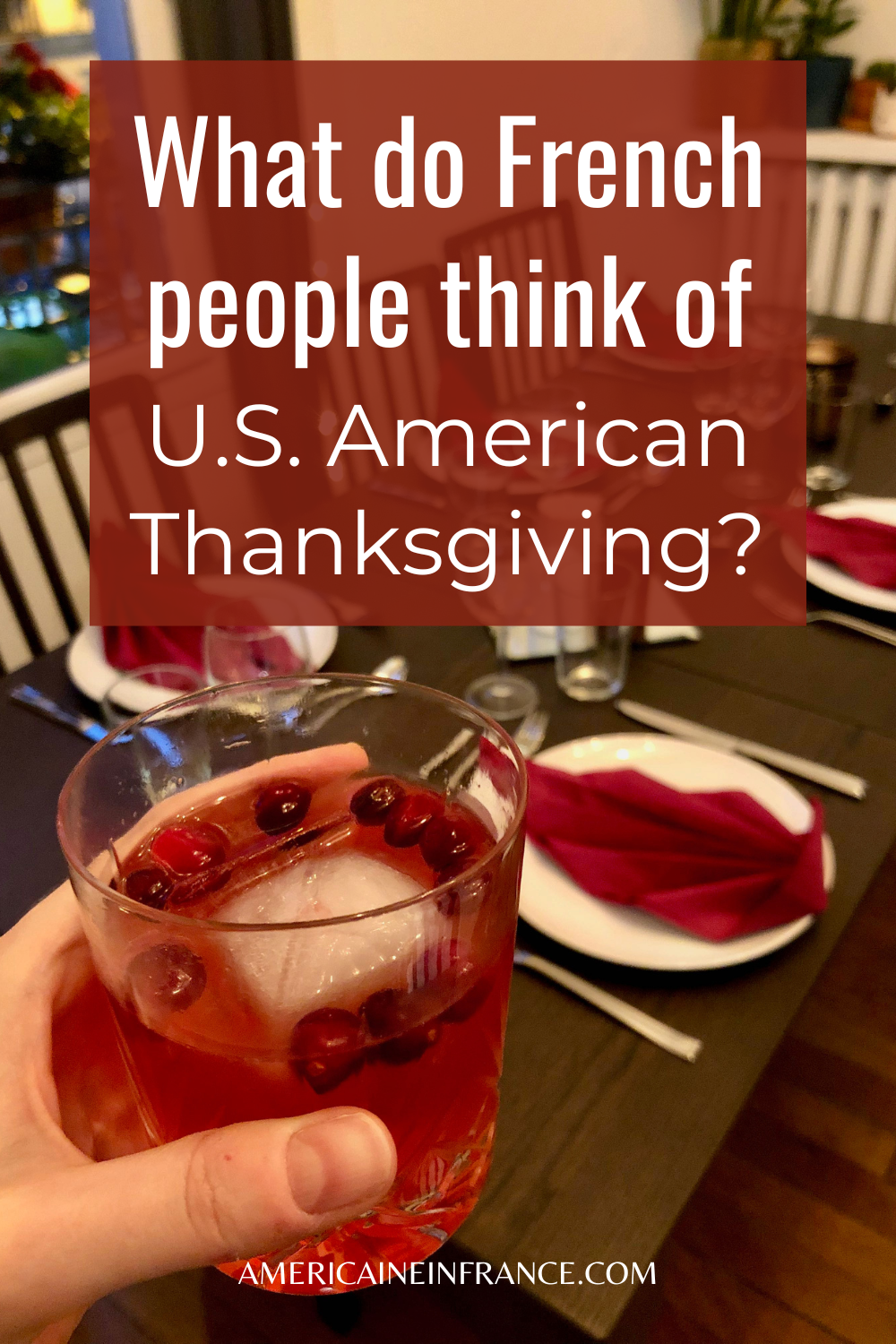
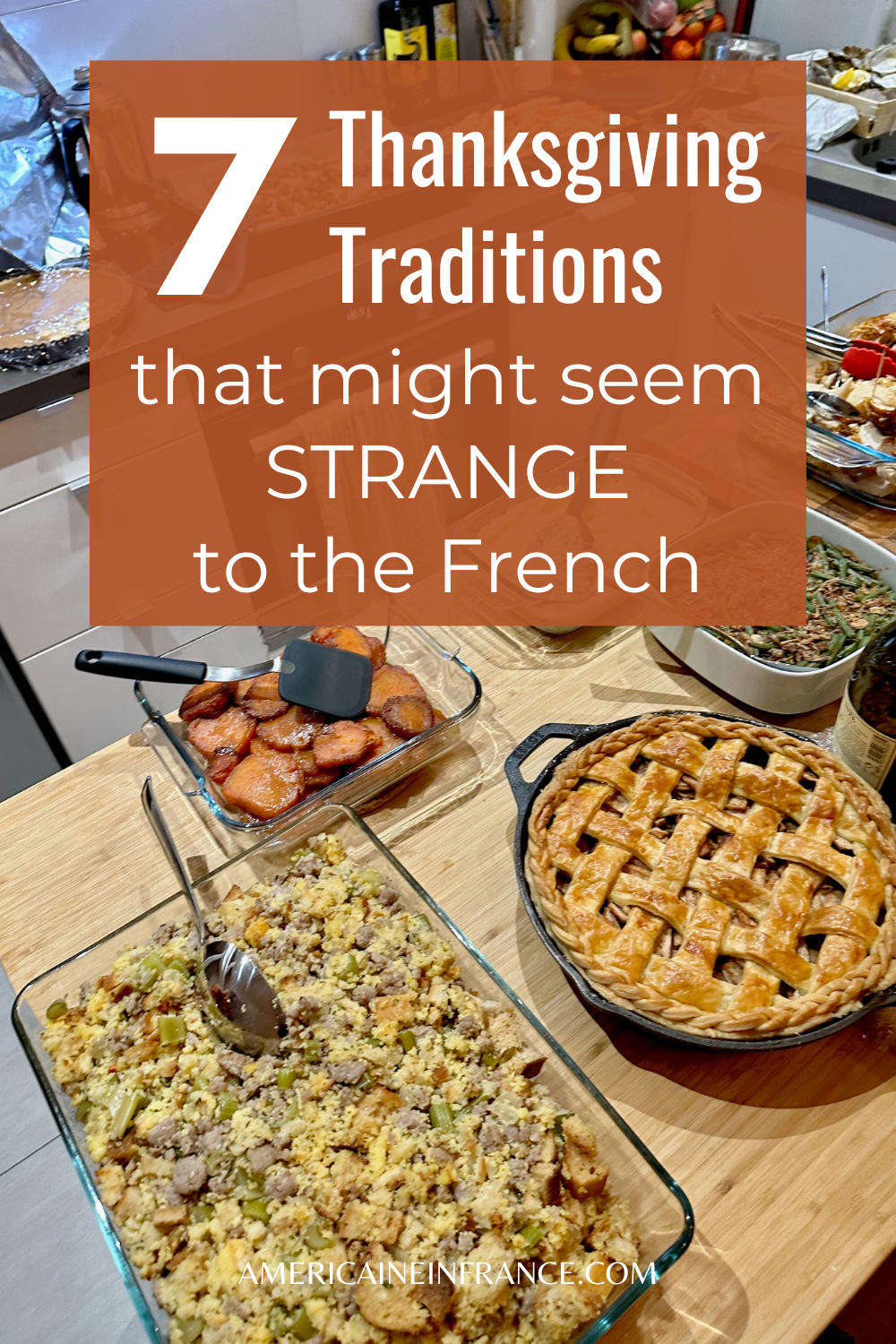
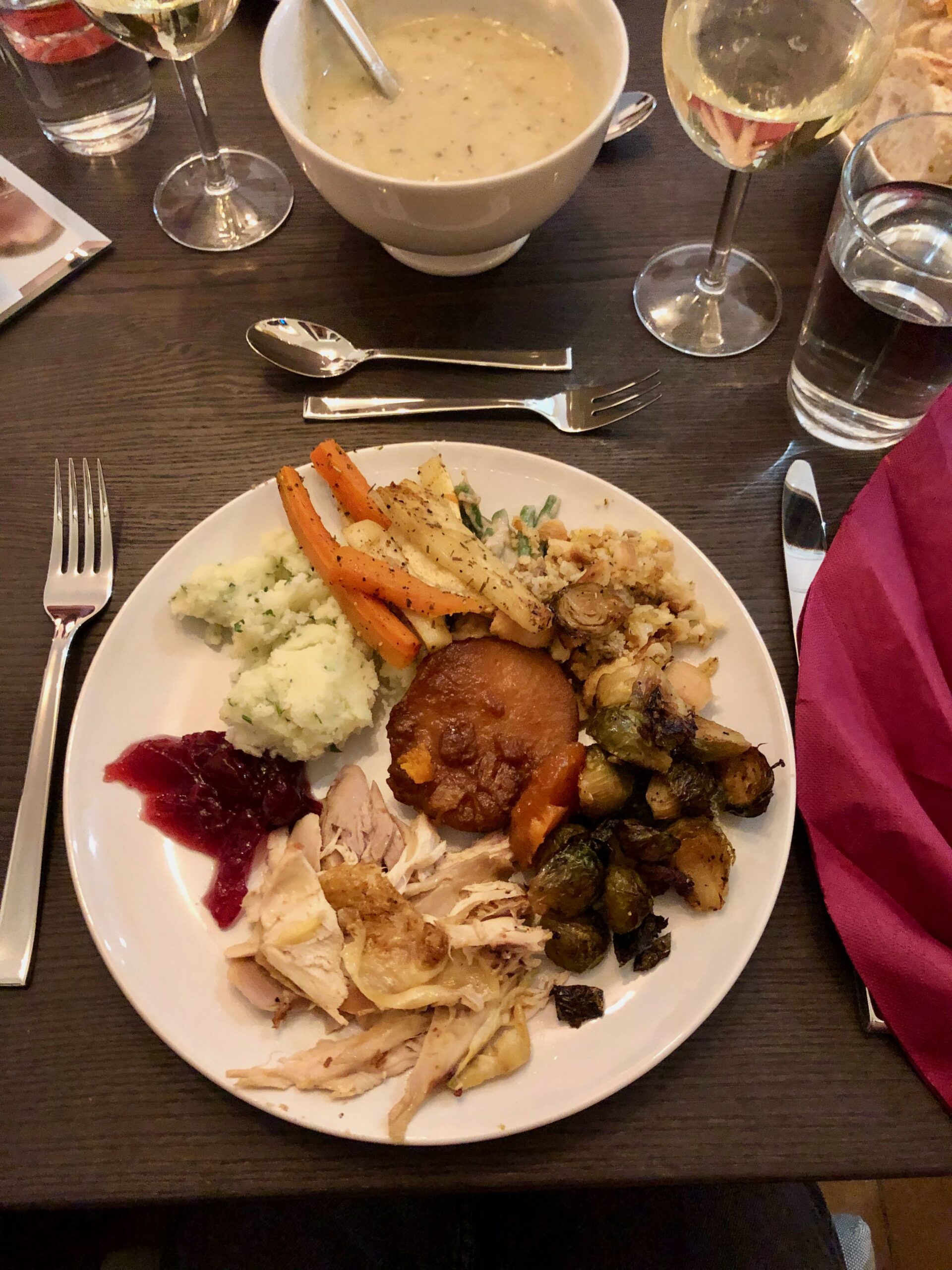
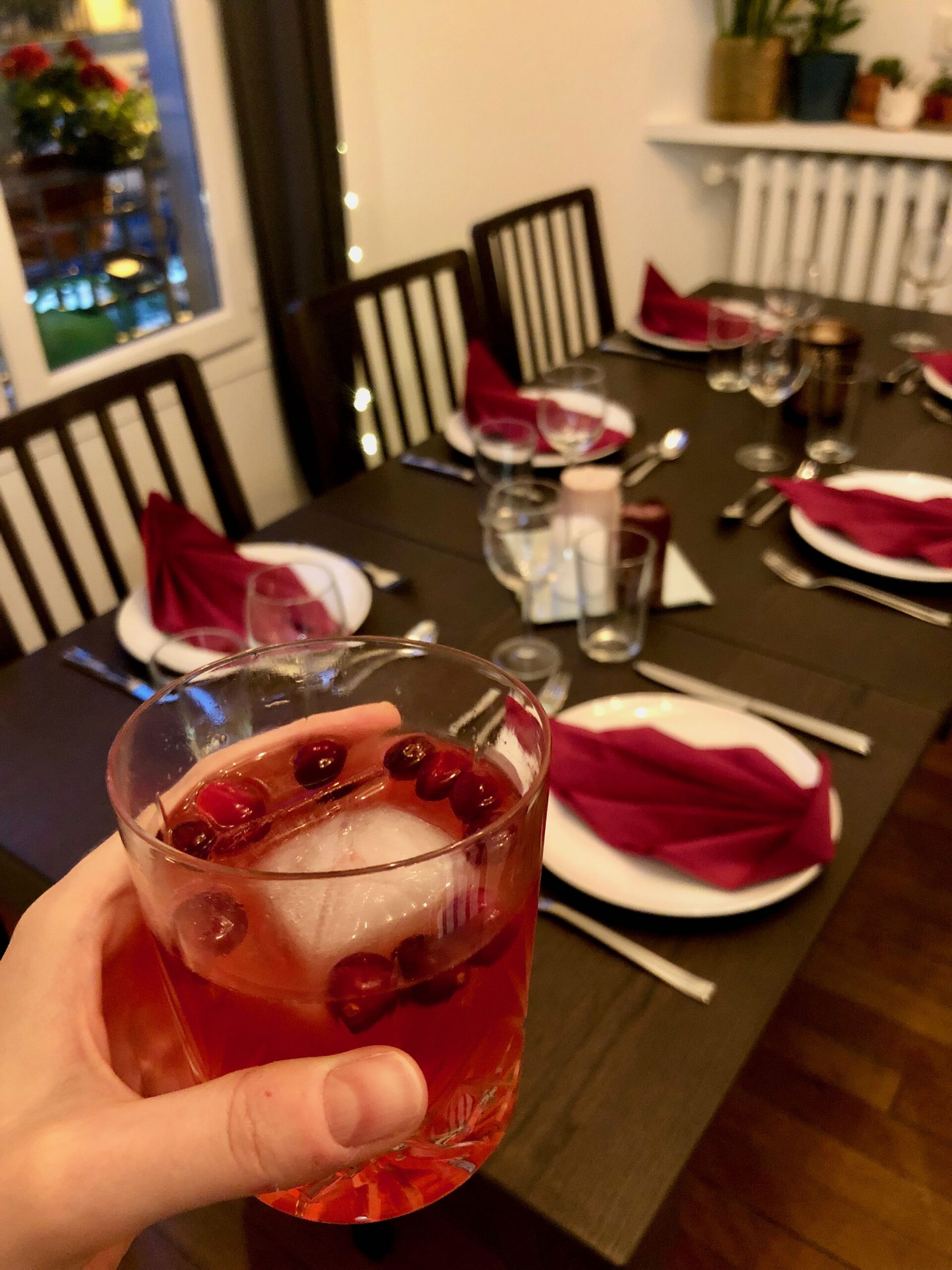
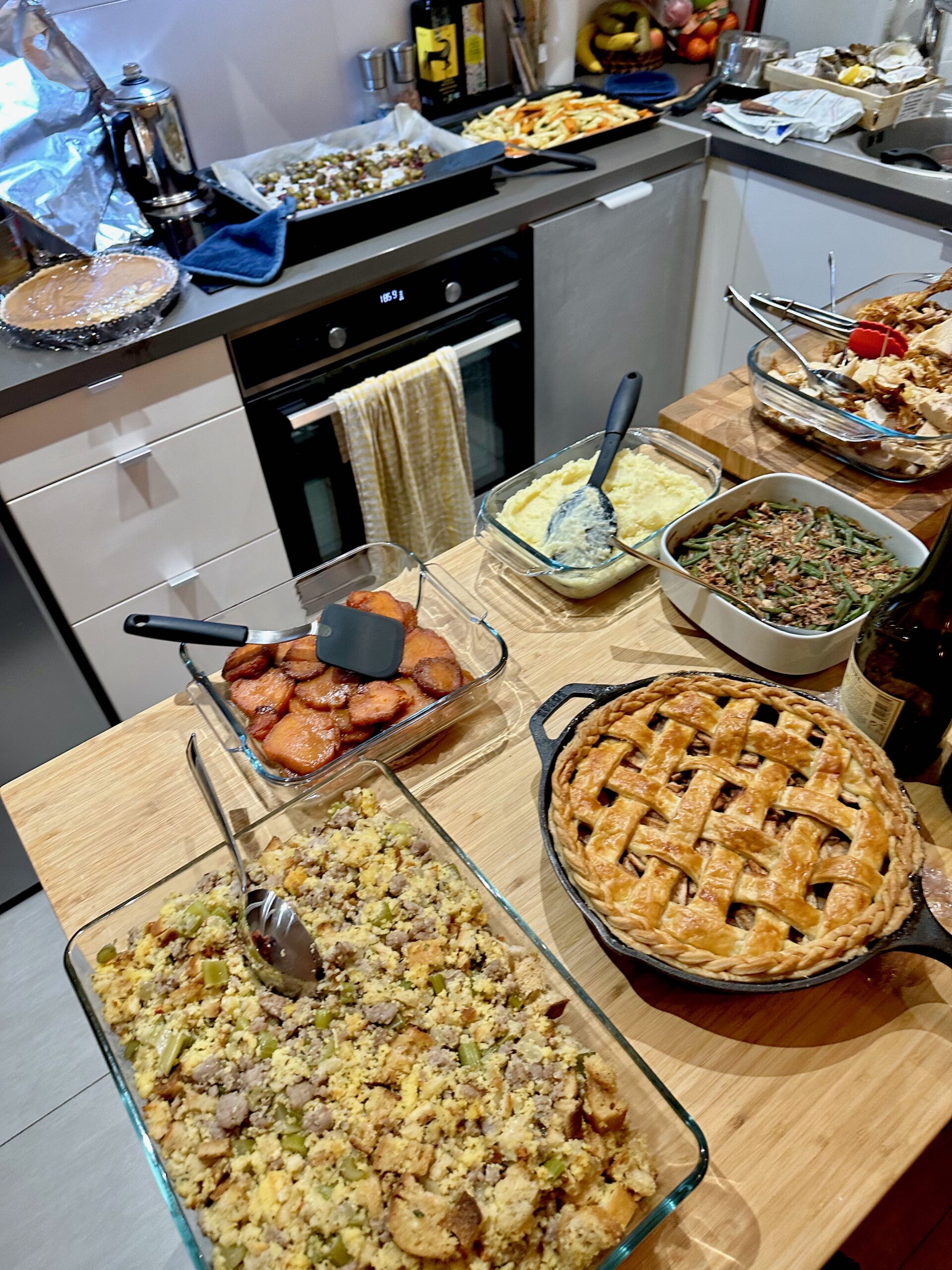
Merci Ellen pour cet article les coutumes américaines.
C’est toujours très amusant de découvrir comment cela se déroule ailleurs.
J’adore et les photos sont superbes. Kisses
Merci Hélène 😊😊😊
I once tried to explain sweet potato casserole to my French colleagues. They were completely aghast by the thought of adding sugar to sweet potatoes. Then, explaining marshmallow topping, they were horrified.
Thanks for sharing this!! I can just imagine the look of horror. Funnily, I’ve always had the habit of adding some brown sugar to my mashed sweet potatoes (Thanksgiving or otherwise!) and never really gave it a second thought until I came to France. It’s interesting to see one’s culture from a different perspective 🙃
Wish bones? Are they familiar with thr practice of the wish bone?
Jonathan says that he never did that!